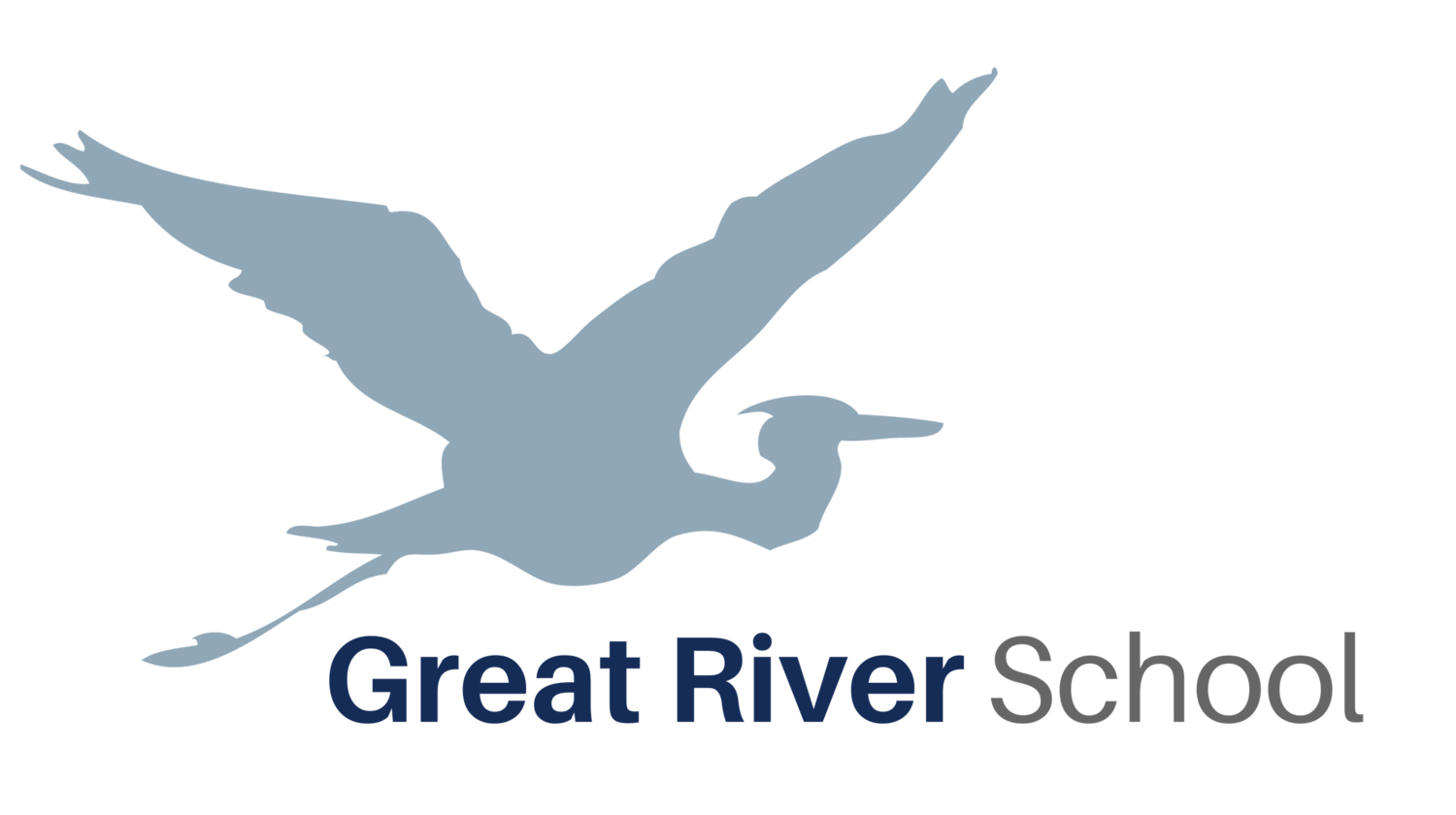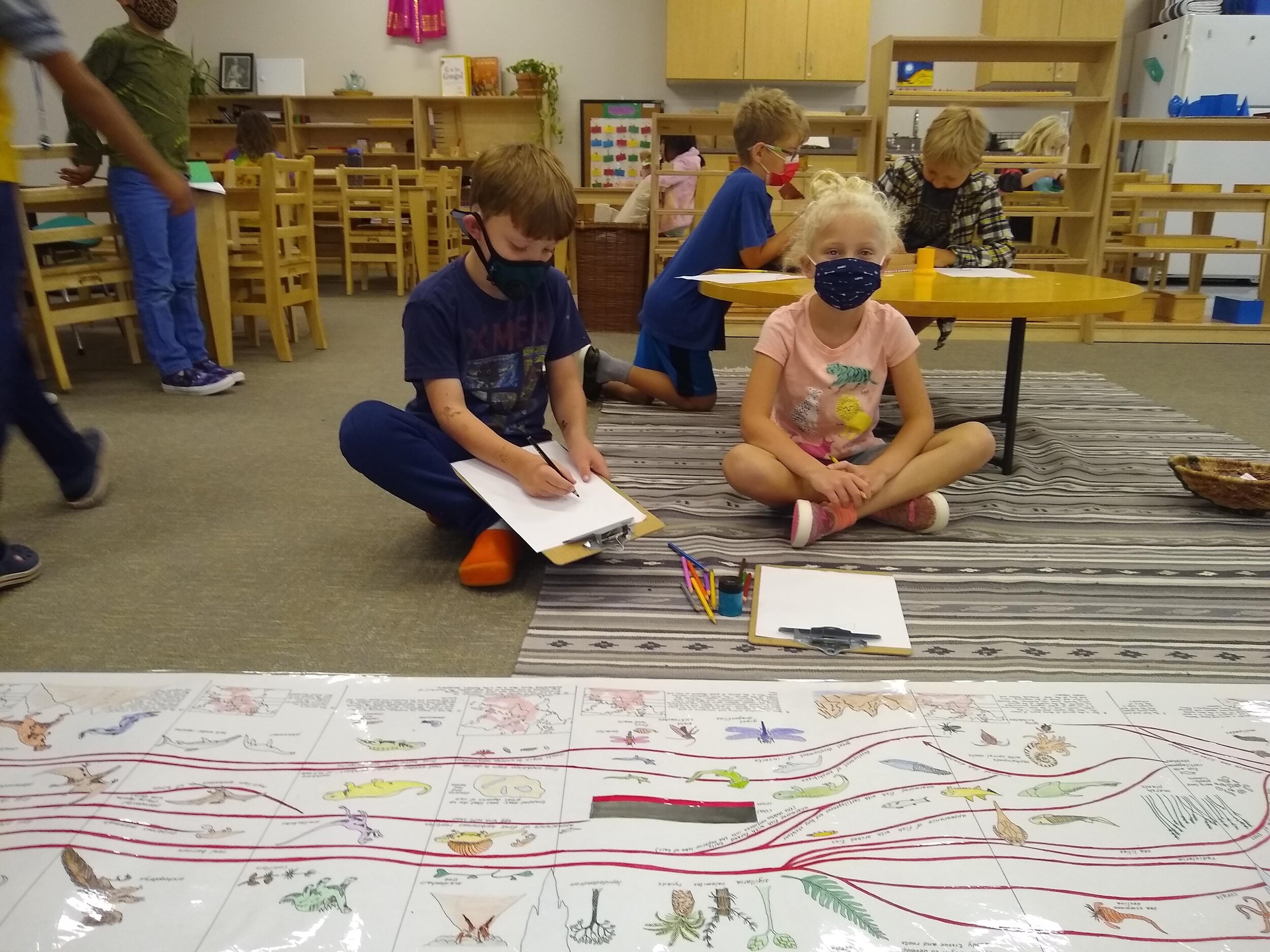written by Jean Peters, Elementary Program Director
Over the years, I have given school tours to hundreds of people and I cannot tell you how many times adults say, “I wish my classroom looked like that when I went to school.” I agree, Montessori environments are warm and welcoming and filled with inviting materials. Guides spend weeks preparing environments for the first day of school.
Montessori classrooms are light, inviting spaces with beautiful wood furniture, a variety of plants and animals, musical instruments, and art objects. Guides give special attention to creating a developmentally appropriate environment that is safe, orderly and aesthetically pleasing; a well prepared environment invites you to stay and explore! Each classroom is specifically designed to support children’s independence and challenge their intellectual, social, and emotional growth.
We call Montessori classrooms prepared environments. Every element of the room is thoughtfully arranged to encourage students’ tendencies toward purposeful work. Students' innate curiosity is supported by giving them opportunities to engage in spontaneous, purposeful work. The Montessori classroom is notably a busy space in which children are actively immersed in meaningful work. It is, at the same time, a serene space that allows them time to think and reflect.
All twelve Elementary classrooms at GRS are organized similarly. Most classroom materials are on display and grouped by distinct areas of study in order of complexity. Students are free to move about the classroom and choose materials they wish to work on. Classrooms reinforce independence by allowing children to use the bathroom as needed, take time out to eat a snack, clean up after themselves, etc. If children feel they need assistance, they can rely on a peer or ask an adult for help.
The prepared environment should envelop and promote the following characteristics:
Freedom and responsibility
Structure and order
Beauty
Nature
Social skills
Intellectual engagement
We look forward to the time when you can come and observe in your child’s classroom and see for yourselves how students interact with a Montessori prepared environment!


































































